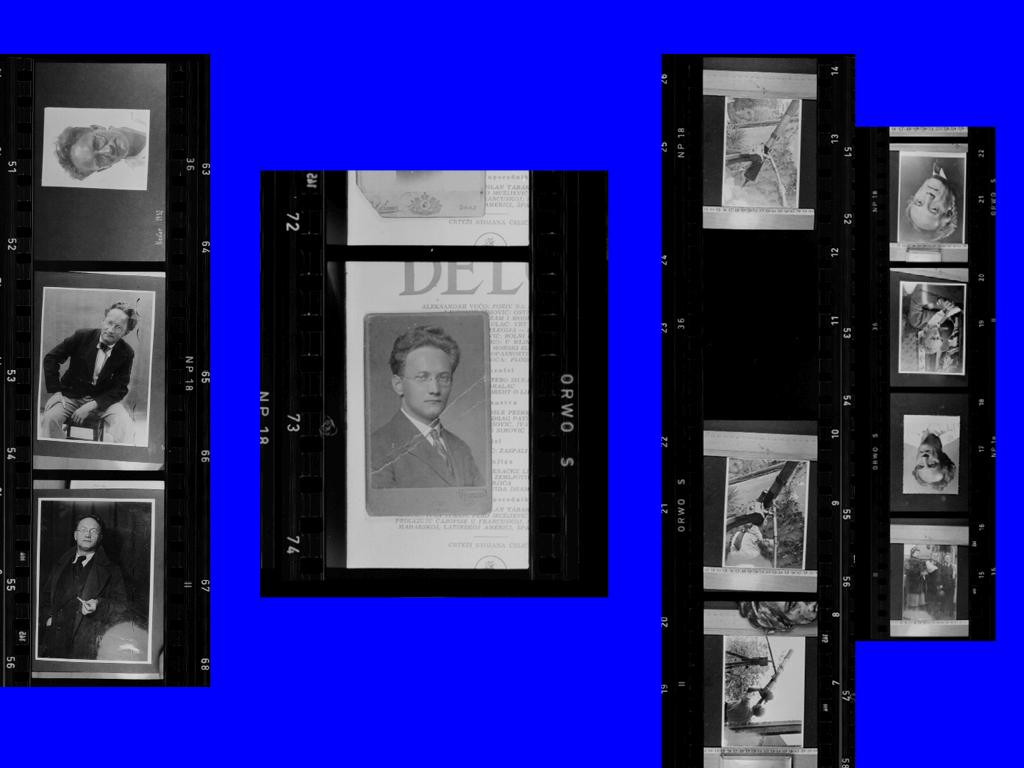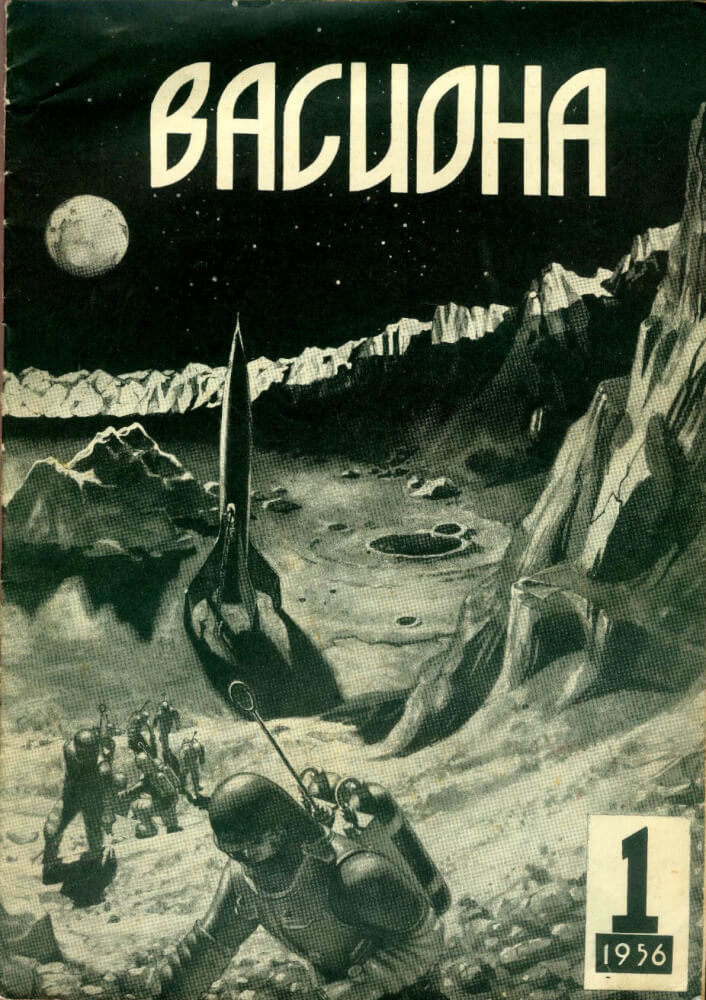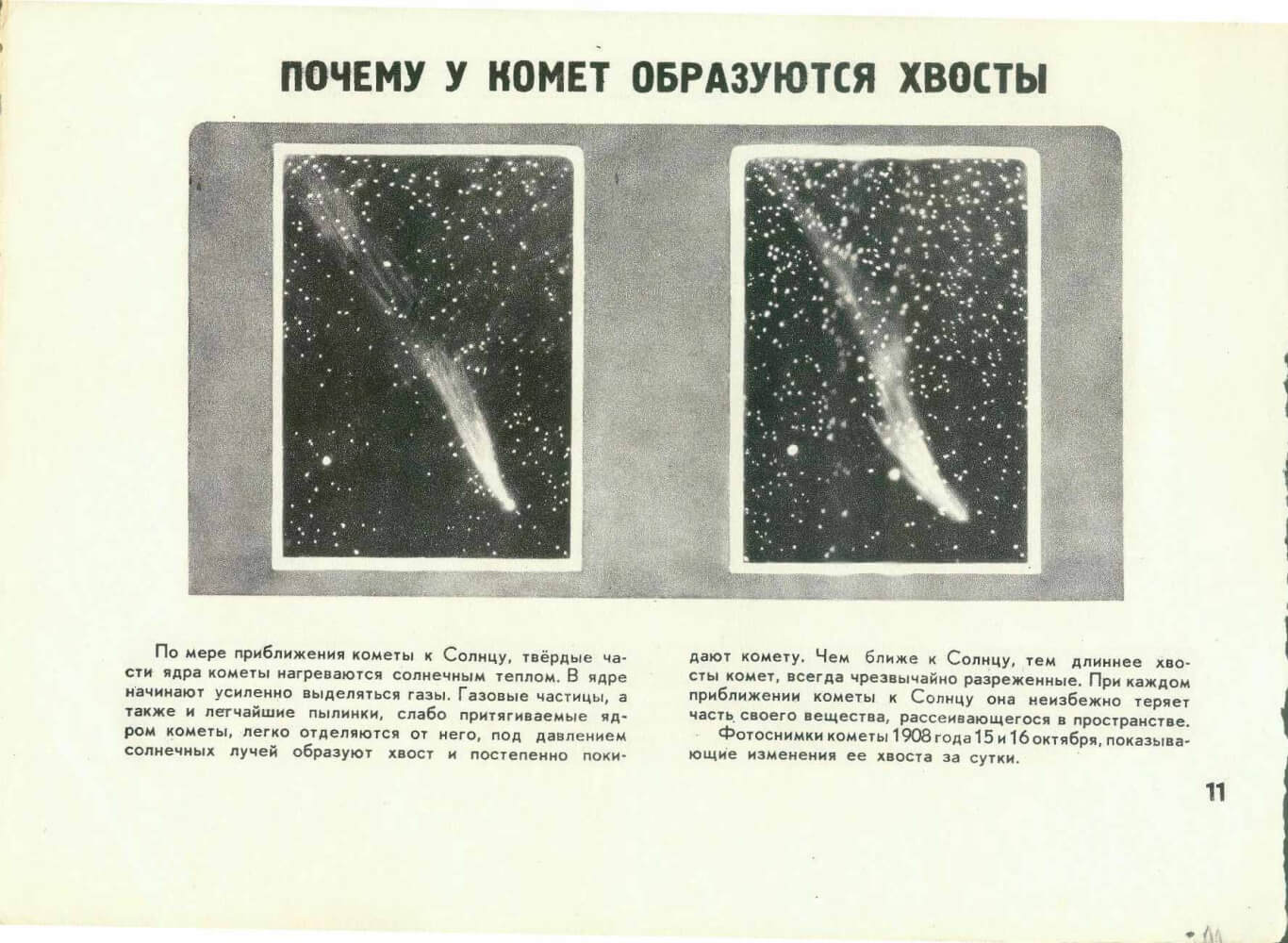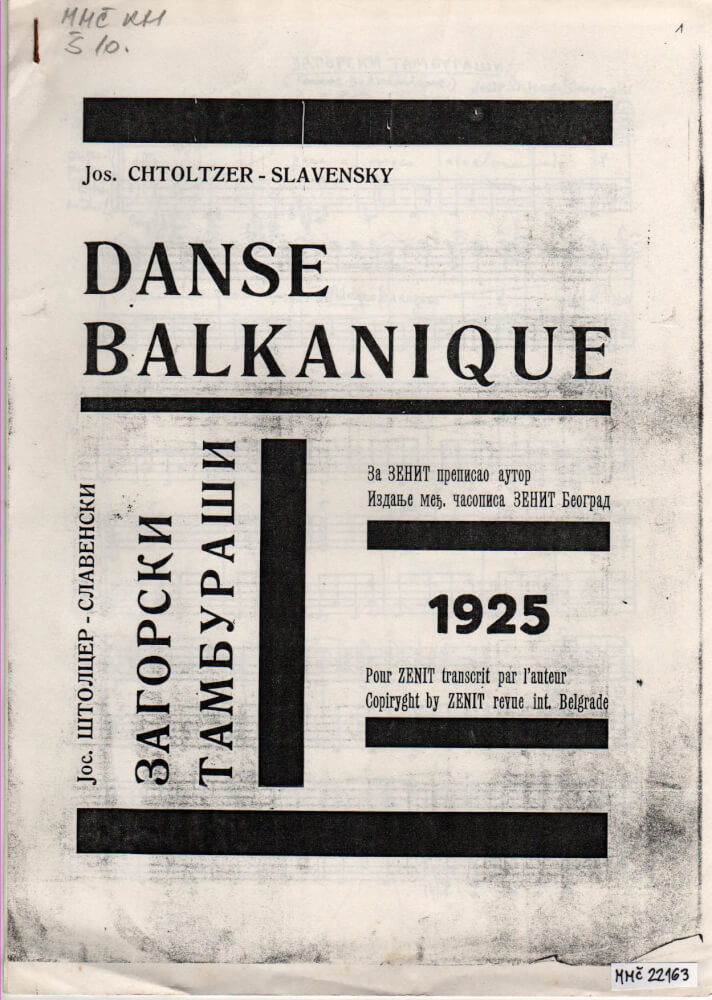
SLAVENSKI ARCHIVE, COURTESY OF MUSEUM MEĐIMURJE ČAKOVEC, PHOTOS BY STJEPAN LEINER
Historical fragments provided
by Aleksandar Todorović.
slavenski astroacoustics
Slavenski enthusiast and Badland collaborator Aleksandar Todorović introduced us to the composer’s unseen legacy, spending the last few years collecting material and gradually building his own narrative around Slavenski. Rerouting from Germany back to his family home in the small Bosnian town of Bijeljina, the Serbian graphic designer initiated his web project www.slaven.ski — a digital anti-archive that celebrates Slavenski as a pioneer of electronic music, and manifests his delight in astronomical calculations, cosmic connections and atomic path waves.
Gazing at the enveloping night sky we trace the positioning of the stars that suggests to us the image we construct from them. As a recurring leitmotif stars permeate our story on composer Josip Štolcer-Slavenski, finding him first as a young boy escaping to watch the night sky during breaks at his father’s bakery business. In spite of being one of the most original Yugoslav composers of the 20th century, his vast and prolific output remains unfamiliar to many, reaching us as sunken historical fragments. Slavenski left a vast amount of work, characterised by a kind of synthesis of late-romantic pattern and contemporary artistic expression, underpinned by a fascination for acoustics, astronomy and physics.


courtesy of museum Međimurje Čakovec
He was entranced by folklore but, unlike the romanticists, never directly quoted folklore melodies — treating them as sequences that would express his inner vision, rather then ready-made sounds to be crammed into pre-arranged shape. When Slavenski discuses his work there is a sense of a purging process in order to rebuild his music from inside out: “I do not care what they think about me and my work. I, as a musician, ‘confess the truth’! For me, the ‘pure octave’ is as important as my most hysterical ‘hyperdrive’. By illustrating the ‘Pagans’ or the ‘Buddhists’ or the ‘Macedonians’,
I act as some kind of a ‘medium’, giving that ‘Stimmung’ or that ‘sound truth’. Thus, it is understandable that there’s confusion and contradiction for those who think that everything should be ‘classified’ into comfortable patterns.”
In Balkanophonia (1927) Slavenski has worked on folklore motifs from various parts of the Balkans. According to him, it has become “a manifestation of sounds from the Balkans, the country of racial wealth and strength, colourfulness, diversity, the land of southern joy, Slavic intense mysticism, oriental nostalgia and archaic poetry.” He worked with every genre, except opera and ballet, with orchestral and chamber works such as Chaos (1932), Music for Orchestra (1936), Four Balkan Dances (1938),,Songs of My Mother (1944), Slavic Sonata (1924), Sonata Religiosa (1925) counting as his most notable performances.
Through an interest in the structure of solar system and atom physics, Slavenski arrived to his concept of ‘astroacoustics’ — to be deciphered through various sketches, tables and drawings he left behind. He had no scientific ambition other than taking dimensions of celestial orbits and transforming them into intervals and tonal octaves, in his search for new sound discoveries.


courtesy of museum Međimurje Čakovec
courtesy of „Serbian Music Authors’ Organization“, belgrade
Slavenski proposes:
‚,1) astroacoustics as a subsidiary science for the illumination of some natural laws of astronomy and atomic physics
2) to explore at a faster pace with all means, including music acoustics, because natural laws are often supplemented
3) With my proposed method we may find something new and unexpected, therefore younger generations will be able to improve this new subsidiary science
4) I have no scientific ambition – I am just the lover of the most magnificent science: astronomy. And as a music composer, I append with my fantasy to my knowledge and to the good of humanity.’’
He was always a shade between categories — an ethnographer at home in music; a composer proficient in mathematical and astrological calculations; a dedicated collector of things that have been forgotten or suppressed; an astute observer of modernity and technology. He is a fascinating puzzle that begs for further studies. A restless mercurial mind who, in all his thinking and writing, had one quest — to make music that would flicker through space.
Text: Nina Vukelić

SLAVENSKI ARCHIVE, COURTESY OF MUSEUM MEĐIMURJE ČAKOVEC, PHOTOS BY STJEPAN LEINER
Historical fragments provided
by Aleksandar Todorović.
slavenski astroacoustics
Slavenski enthusiast and Badland collaborator Aleksandar Todorović introduced us to the composer’s unseen legacy, spending the last few years collecting material and gradually building his own narrative around Slavenski. Rerouting from Germany back to his family home in the small Bosnian town of Bijeljina, the Serbian graphic designer initiated his web project www.slaven.ski — a digital anti-archive that celebrates Slavenski as a pioneer of electronic music, and manifests his delight in astronomical calculations, cosmic connections and atomic path waves.
Gazing at the enveloping night sky we trace the positioning of the stars that suggests to us the image we construct from them. As a recurring leitmotif stars permeate our story on composer Josip Štolcer-Slavenski, finding him first as a young boy escaping to watch the night sky during breaks at his father’s bakery business. In spite of being one of the most original Yugoslav composers of the 20th century, his vast and prolific output remains unfamiliar to many, reaching us as sunken historical fragments. Slavenski left a vast amount of work, characterised by a kind of synthesis of late-romantic pattern and contemporary artistic expression, underpinned by a fascination for acoustics, astronomy and physics.


courtesy of museum Međimurje Čakovec
He was entranced by folklore but, unlike the romanticists, never directly quoted folklore melodies — treating them as sequences that would express his inner vision, rather then ready-made sounds to be crammed into pre-arranged shape. When Slavenski discuses his work there is a sense of a purging process in order to rebuild his music from inside out: “I do not care what they think about me and my work. I, as a musician, ‘confess the truth’! For me, the ‘pure octave’ is as important as my most hysterical ‘hyperdrive’. By illustrating the ‘Pagans’ or the ‘Buddhists’ or the ‘Macedonians’,
I act as some kind of a ‘medium’, giving that ‘Stimmung’ or that ‘sound truth’. Thus, it is understandable that there’s confusion and contradiction for those who think that everything should be ‘classified’ into comfortable patterns.”
In Balkanophonia (1927) Slavenski has worked on folklore motifs from various parts of the Balkans. According to him, it has become “a manifestation of sounds from the Balkans, the country of racial wealth and strength, colourfulness, diversity, the land of southern joy, Slavic intense mysticism, oriental nostalgia and archaic poetry.” He worked with every genre, except opera and ballet, with orchestral and chamber works such as Chaos (1932), Music for Orchestra (1936), Four Balkan Dances (1938),,Songs of My Mother (1944), Slavic Sonata (1924), Sonata Religiosa (1925) counting as his most notable performances.
Through an interest in the structure of solar system and atom physics, Slavenski arrived to his concept of ‘astroacoustics’ — to be deciphered through various sketches, tables and drawings he left behind. He had no scientific ambition other than taking dimensions of celestial orbits and transforming them into intervals and tonal octaves, in his search for new sound discoveries.


courtesy of museum Međimurje Čakovec
courtesy of „Serbian Music Authors’ Organization“, belgrade
Slavenski proposes:
‚,1) astroacoustics as a subsidiary science for the illumination of some natural laws of astronomy and atomic physics
2) to explore at a faster pace with all means, including music acoustics, because natural laws are often supplemented
3) With my proposed method we may find something new and unexpected, therefore younger generations will be able to improve this new subsidiary science
4) I have no scientific ambition – I am just the lover of the most magnificent science: astronomy. And as a music composer, I append with my fantasy to my knowledge and to the good of humanity.’’
He was always a shade between categories — an ethnographer at home in music; a composer proficient in mathematical and astrological calculations; a dedicated collector of things that have been forgotten or suppressed; an astute observer of modernity and technology. He is a fascinating puzzle that begs for further studies. A restless mercurial mind who, in all his thinking and writing, had one quest — to make music that would flicker through space.
Text: Nina Vukelić

